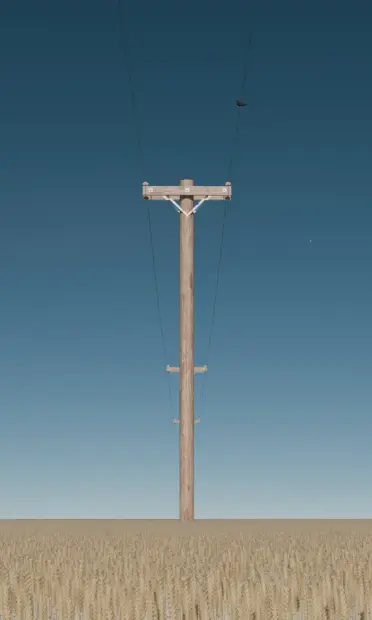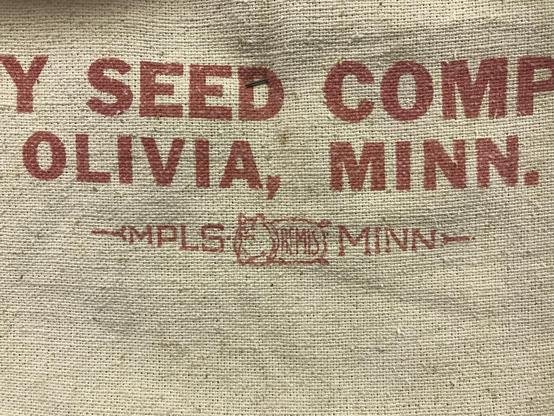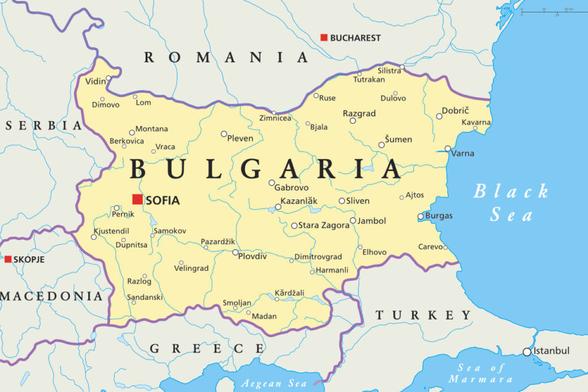Are drying #rivers a warning of #Europe's tomorrow?
by Paul Hokenos
13 September 2022
"Across southern #Romania, much of which relies on the #Danube for fresh #DrinkingWater, hundreds of villages are rationing water supplies and curtailing the irrigation of #farmland that Europe relies upon for #corn, #grain, #sunflowers, and #vegetables. The cruise ships that normally ferry tourists along the iconic waterway are docked. In the first six months of 2022, Romania's #hydropower utility #Hidroelectrica generated a third less electricity than it normally does. And Romanian #wheat farmers say that drought has cost them a fifth of their harvest. Romania is one of Europe's largest wheat producers, and all the more important for the international market in light of Russia's blockage of much of Ukraine's wheat exports.
"'At towns up and down the Danube, #drought and #ClimateChange take on an existential meaning,' explains Nick Thorpe, author of The Danube: A Journey Upriver from the #BlackSea to the #BlackForest. 'In contrast to city dwellers, they're having this disaster unfold before their eyes.'"
[...]
"Scientists say that the economic cost of the rivers' decimation is only part of the problem. The less water in the water system as a whole, explains Gabriel Singer, an ecologist at University of Innsbruck, Austria, the less dilution for #salts and the slower a river flows. This leads to higher #saline content and #HigherWaterTemperatures, which can be lethal for many species of #Riverine life, such as Danube #salmon, b#arbel, and European #grayling, among many others.
"Higher temperatures also feed #AlgaeBlooms, Singer explains, which can be #toxic for river systems. This is what has happened in several German rivers, including the Moselle and Neckar, as well as perhaps the Oder River, where in mid-August more than 100 metric tons (220,000lbs) of dead fish – among them #perch, #catfish, #pike, and #asp – washed up on its shores within a week. (Experts are currently investigating the cause of the die-off.)"
Read more:
https://www.bbc.com/future/article/20220912-are-drying-rivers-a-warning-of-europes-tomorrow




